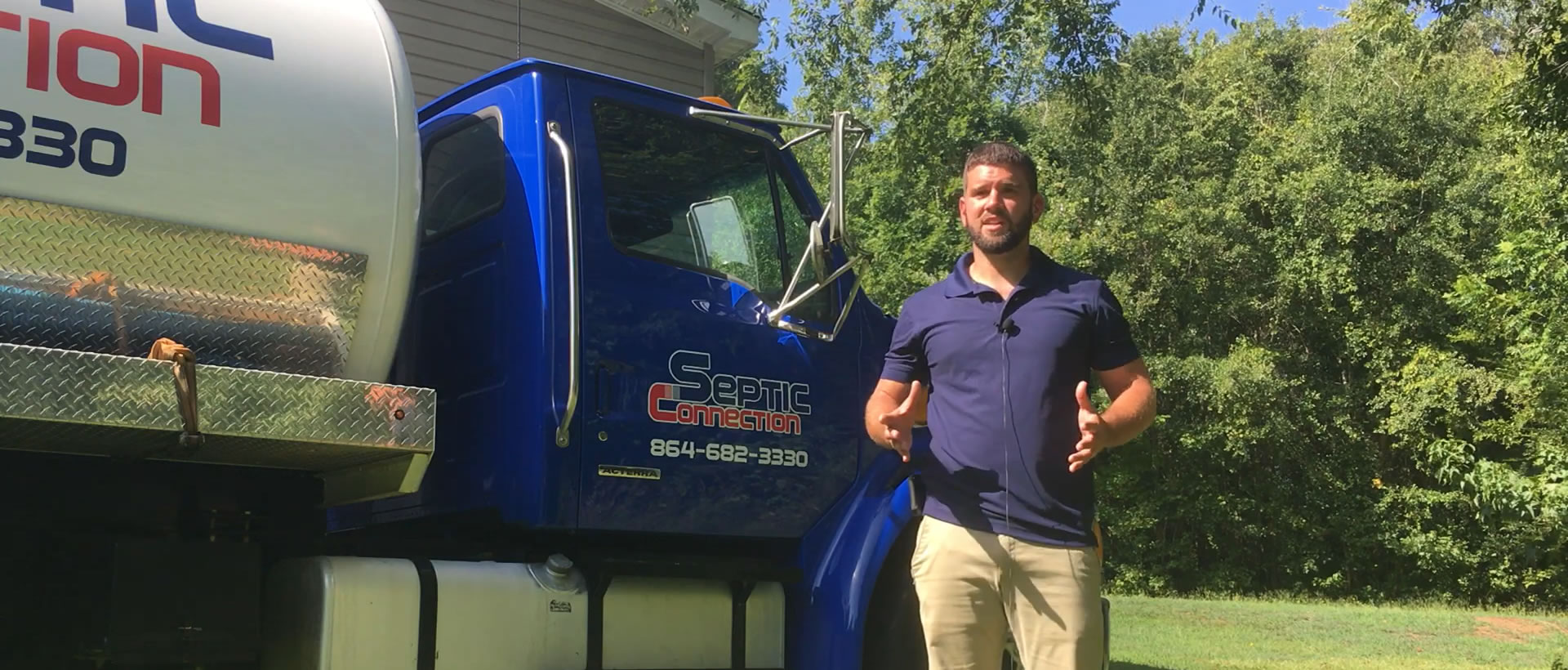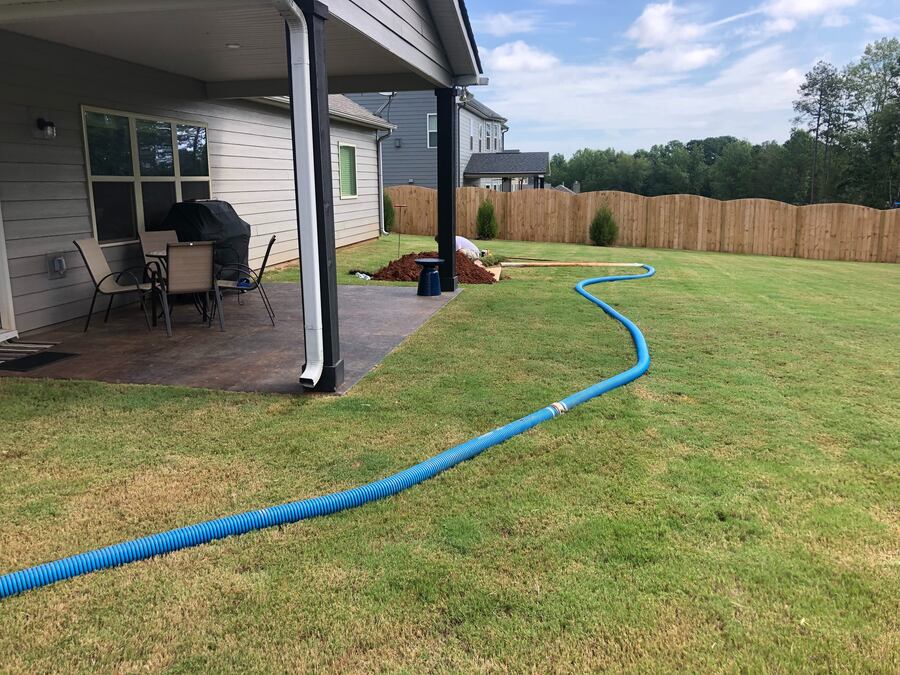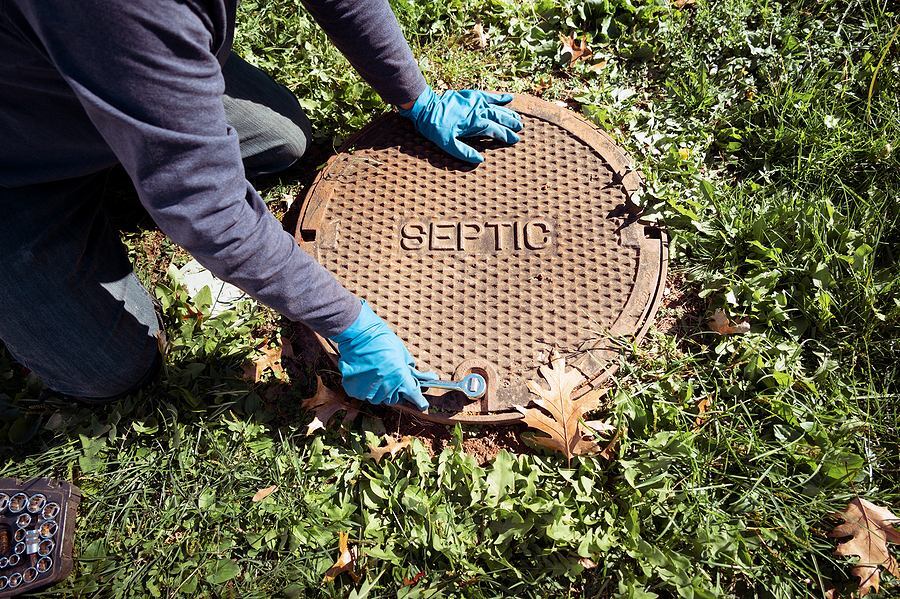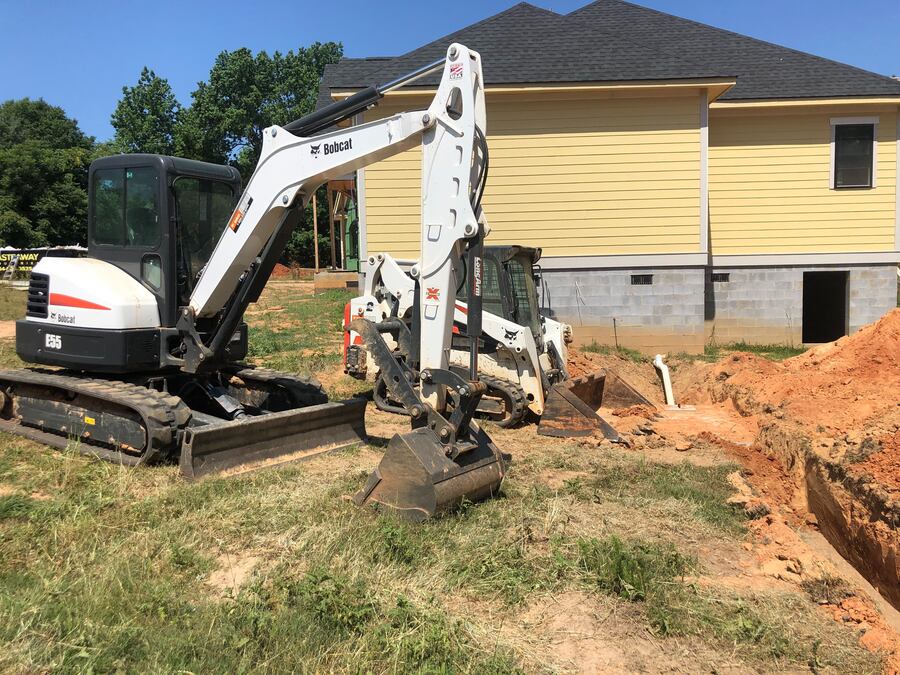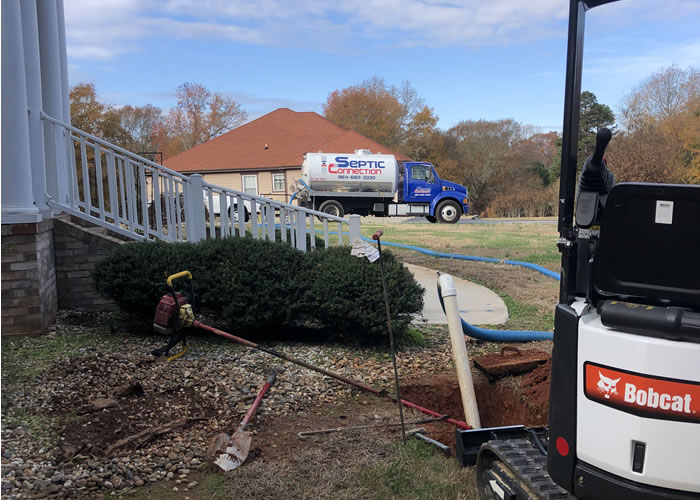
How to Know If I Need a Drainfield Repair
A drainfield, also known as a leach field, is an integral part of a well-functioning septic system. A properly maintained drainfield ensures safe disposal of wastewater after it leaves the septic tank. Once the liquid waste flows out of the tank into the drainfield, it seeps into the soil, where filtration occurs to remove contaminants and impurities. For your drainfield to function properly, you must carry out the necessary maintenance tasks. If you fail to maintain your drainfield, you could end up with slow drains, sewage odors, standing water in your yard, and many other problems.
If you’re a new homeowner or someone who’s not so familiar with how septic systems work, you may not know the warning signs of a failing drainfield.
At Septic Connection, we’ve compiled signs of drainfield problems to help you know when it’s time to call a septic company.
- Slow Drains
If your indoor drains are sluggish, it may mean that the pipes releasing liquid waste into the drainfield are clogged. It could also mean that the drainfield is over-saturated, so it’s struggling to accept more wastewater. If you ignore this problem, your plumbing pipes may end up blocking up completely.
- Smelly Odors
If you notice a funny smell coming from your drainfield, it means the liquid waste is not getting filtered properly by the soil. It could also mean that bio-material, which is an environmental hazard is getting released into the drainfield. Be sure to call a septic company when the smell of sewage starts to linger around your drainfield.
- Standing Water On the Drainfield
Another obvious sign of a failing drainfield is patches of standing water around your drainfield when it hasn’t rained. This could be an indication that at least one of the pipes draining wastewater into the drainfield is broken or the liquid waste is not draining properly.
- Excessive Plant Growth Around the Drainfield
If the grass around your drainfield is unusually lush and green, it means that there’s extra water and nutrients that are fertilizing the excessive growth. In this situation, we at Septic Connection urge you to take immediate action to prevent a potential disaster.
- Saturated Drainfield
The purpose of a drainfield is to absorb liquid waste so that it can get broken down by bacteria. If your drainfield becomes soggy, it means the liquid waste is not draining properly. Ensure you schedule drainfield repair as soon as possible to prevent further problems that could cost you a lot of money.
-
Sewage Backup
If your drains are starting to back up, it could be a sign that there’s a problem with your drainfield. The last thing you want to experience in your home is sewage backup. Ensure you call a septic company to inspect your drainfield and make repairs.
If you’ve noticed any of these warning signs, you need to call a septic company to perform drainfield repairs. If you put off drainfield repair, you’ll end up spending thousands of dollars in drainfield replacement down the road.
Call Septic Connection today to schedule an appointment.
 How it works
How it works
